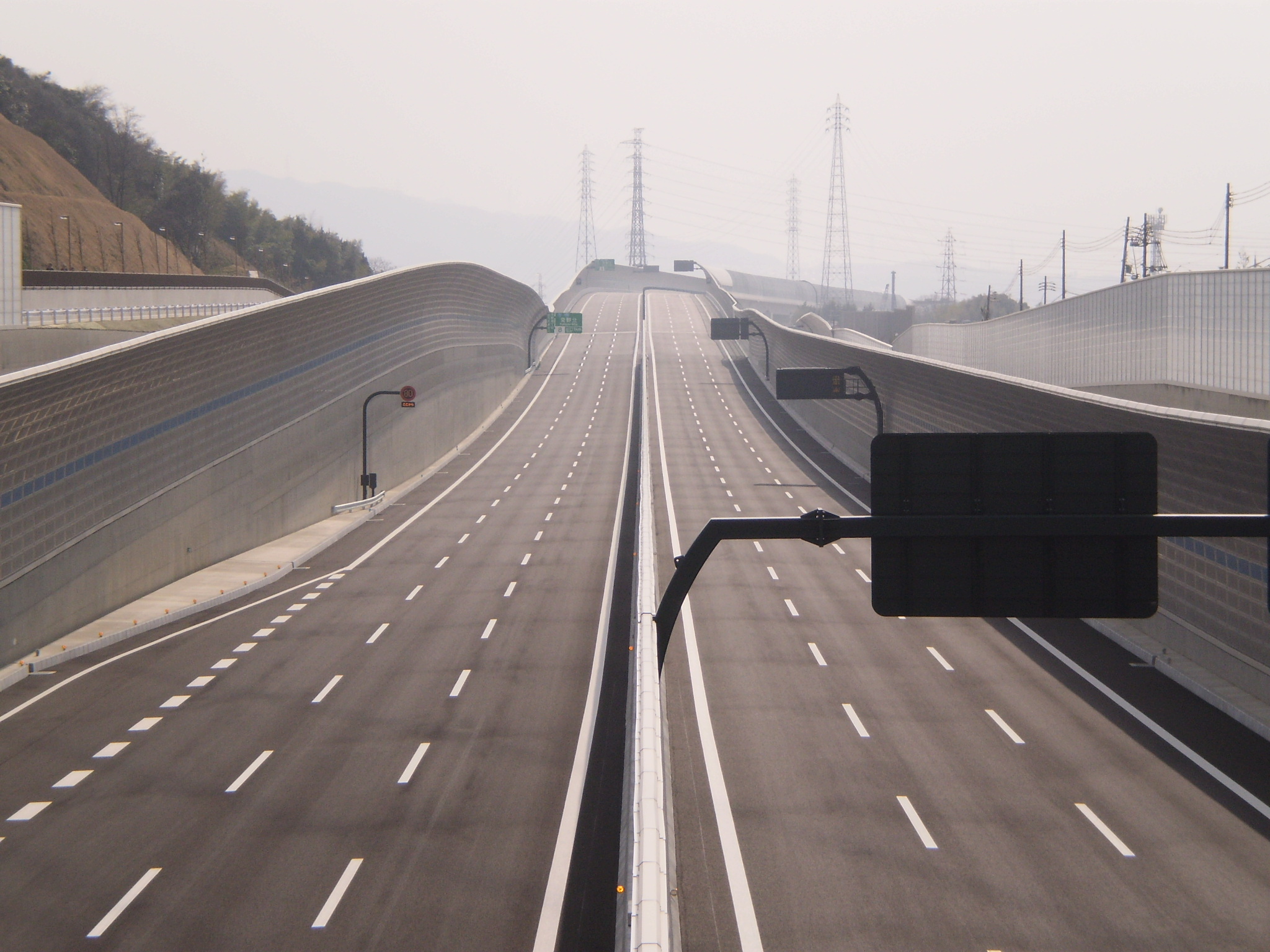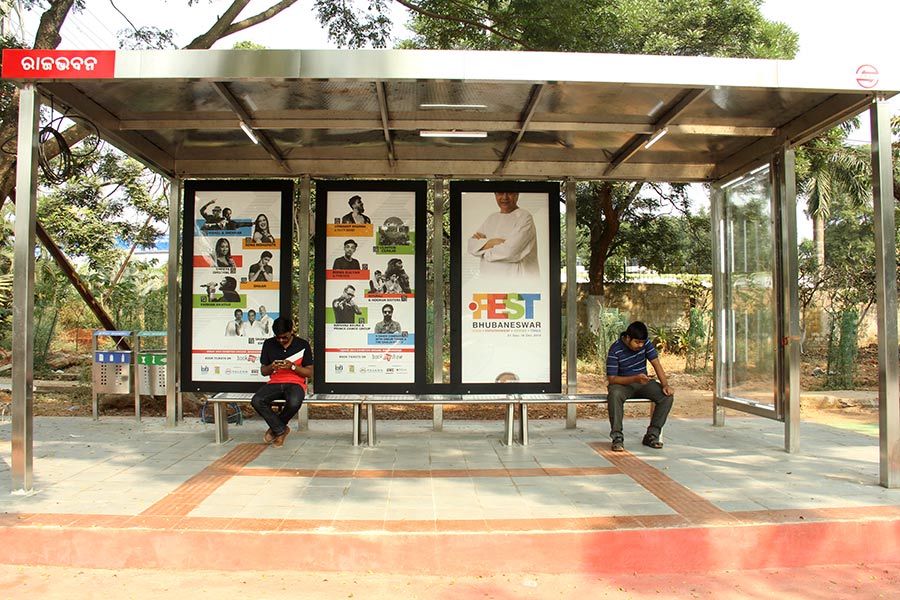|
Second Keihan Highway
The , also called as Daini-Keihan Road, is a national highway and 6-laned Regional High-Standard Highways (expressways of Japan, expressway) in Japan, leading from Fushimi-ku, Kyoto through Kansai Science City to Kadoma, Osaka. This road is a Bypass (road), bypass of Japan National Route 1. Expressway part This expressway is officially referred to as the Second Keihan Highway and the . It is signed E89 under Ministry of Land, Infrastructure, Transport and Tourism's "2016 Proposal for Realization of Expressway Numbering." The length of this road is 35.7 km. Interchanges and features * IC - Interchange (road), interchange, SIC - smart interchange, JCT - Interchange (road)#Between two highways, junction, SA - Rest area, service area, PA - parking area, BS - bus stop, CB - snow chains, TN - tunnel, BR - bridge, TB - Toll Road, Toll Gate Highway Part The length of this road is 29.7 km. References External links Kyoto National Highway Office Expressways in Ja ... [...More Info...] [...Related Items...] OR: [Wikipedia] [Google] [Baidu] |
Interchange (road)
In the field of road transport, an interchange (American English) or a grade-separated junction (British English) is a road junction that uses grade separations to allow for the movement of traffic between two or more roadways or highways, using a system of interconnecting roadways to permit traffic on at least one of the routes to pass through the junction without interruption from crossing traffic streams. It differs from a standard intersection, where roads cross at grade. Interchanges are almost always used when at least one road is a controlled-access highway (freeway or motorway) or a limited-access divided highway (expressway), though they are sometimes used at junctions between surface streets. Terminology ''Note:'' The descriptions of interchanges apply to countries where vehicles drive on the right side of the road. For left-side driving, the layout of junctions is mirrored. Both North American (NA) and British (UK) terminology is included. ; Freeway juncti ... [...More Info...] [...Related Items...] OR: [Wikipedia] [Google] [Baidu] |
Yamashina-ku
is one of the eleven wards in the city of Kyoto, in Kyoto Prefecture, Japan. It lies in the southeastern part of the city, and Yamashina Station is one stop away from Kyoto Station on the Tōkaidō Main Line (Biwako Line). The area of Yamashina-ku is 28.70 km². the population of Yamashina-ku was 134,253. Historically, Yamashina was an important point for traffic connecting Kyoto and east part of Japan. In the Edo period, it flourished as a post town along the Tōkaidō road. In modern times, Yamashina has become a bed town for those commuting to urban areas of Kyoto and Osaka. Demographics Economy Ohsho Food Service, the operator of Gyoza no Ohsho, is headquartered in the ward. Education * Kyoto Pharmaceutical University * Kyoto Tachibana University Sightseeing spots Yamashina-ku is the location of the tomb of Emperor Tenji, the oldest Imperial tomb in Kyoto. The grave of Sakanoue no Tamuramaro is also here. The Lake Biwa Canal passes through the ward. Yamashina i ... [...More Info...] [...Related Items...] OR: [Wikipedia] [Google] [Baidu] |
Toll Road
A toll road, also known as a turnpike or tollway, is a public or private road (almost always a controlled-access highway in the present day) for which a fee (or ''toll'') is assessed for passage. It is a form of road pricing typically implemented to help recoup the costs of road construction and maintenance. Toll roads have existed in some form since antiquity, with tolls levied on passing travelers on foot, wagon, or horseback; a practice that continued with the automobile, and many modern tollways charge fees for motor vehicles exclusively. The amount of the toll usually varies by vehicle type, weight, or number of axles, with freight trucks often charged higher rates than cars. Tolls are often collected at toll plazas, toll booths, toll houses, toll stations, toll bars, toll barriers, or toll gates. Some toll collection points are automatic, and the user deposits money in a machine which opens the gate once the correct toll has been paid. To cut costs and minimise time delay, ... [...More Info...] [...Related Items...] OR: [Wikipedia] [Google] [Baidu] |
Bridge
A bridge is a structure built to span a physical obstacle (such as a body of water, valley, road, or rail) without blocking the way underneath. It is constructed for the purpose of providing passage over the obstacle, which is usually something that is otherwise difficult or impossible to cross. There are many different designs of bridges, each serving a particular purpose and applicable to different situations. Designs of bridges vary depending on factors such as the function of the bridge, the nature of the terrain where the bridge is constructed and anchored, and the material used to make it, and the funds available to build it. The earliest bridges were likely made with fallen trees and stepping stones. The Neolithic people built boardwalk bridges across marshland. The Arkadiko Bridge (dating from the 13th century BC, in the Peloponnese) is one of the oldest arch bridges still in existence and use. Etymology The '' Oxford English Dictionary'' traces the origin of ... [...More Info...] [...Related Items...] OR: [Wikipedia] [Google] [Baidu] |
Tunnel
A tunnel is an underground passageway, dug through surrounding soil, earth or rock, and enclosed except for the entrance and exit, commonly at each end. A pipeline is not a tunnel, though some recent tunnels have used immersed tube construction techniques rather than traditional tunnel boring methods. A tunnel may be for foot or vehicular road traffic, for rail traffic, or for a canal. The central portions of a rapid transit network are usually in the tunnel. Some tunnels are used as sewers or aqueducts to supply water for consumption or for hydroelectric stations. Utility tunnels are used for routing steam, chilled water, electrical power or telecommunication cables, as well as connecting buildings for convenient passage of people and equipment. Secret tunnels are built for military purposes, or by civilians for smuggling of weapons, contraband, or people. Special tunnels, such as wildlife crossings, are built to allow wildlife to cross human-made barriers safely. ... [...More Info...] [...Related Items...] OR: [Wikipedia] [Google] [Baidu] |
Snow Chains
Snow chains, or tire chains, are devices fitted to the tires of vehicles to provide increased traction when driving through snow and ice. Snow chains attach to the drive wheels of a vehicle or special systems deploy chains which swing under the tires automatically. Although named after steel chain, snow chains may be made of other materials and in a variety of patterns and strengths. Chains are usually sold in pairs and often must be purchased to match a particular tire size (tire diameter and tread width), although some designs can be adjusted to fit various sizes of tire. Driving with chains reduces fuel efficiency, and can reduce the allowable speed of the automobile to approximately , but increase traction and braking on snowy or icy surfaces. Some regions require chains to be used under some weather conditions, but other areas prohibit the use of chains, as they can deteriorate road surfaces. History Snow chains were invented in 1904 by Harry D. Weed in Canastota, New ... [...More Info...] [...Related Items...] OR: [Wikipedia] [Google] [Baidu] |
Bus Stop
A bus stop is a place where buses stop for passengers to get on and off the bus. The construction of bus stops tends to reflect the level of usage, where stops at busy locations may have shelters, seating, and possibly electronic passenger information systems; less busy stops may use a simple pole and flag to mark the location. Bus stops are, in some locations, clustered together into transport hubs allowing interchange between routes from nearby stops and with other public transport modes to maximise convenience. Types of service For operational purposes, there are three main kinds of stops: Scheduled stops, at which the bus should stop irrespective of demand; request stops (or flag stop), at which the vehicle will stop only on request; and hail and ride stops, at which a vehicle will stop anywhere along the designated section of road on request. Certain stops may be restricted to "discharge/set-down only" or "pick-up only". Some stops may be designated as "timing poin ... [...More Info...] [...Related Items...] OR: [Wikipedia] [Google] [Baidu] |




